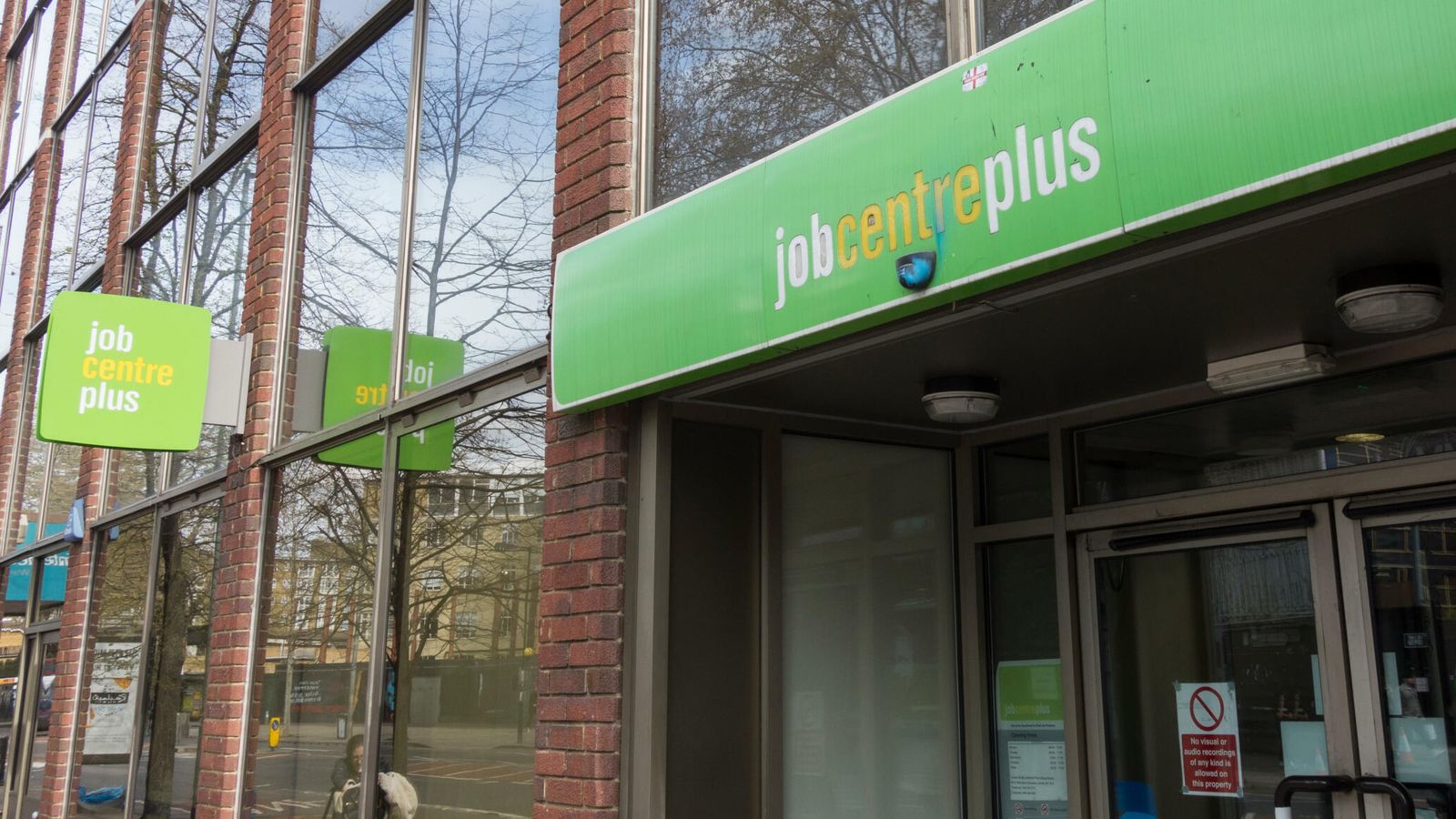Unemployment rose to a three-year high over the summer and there were more redundancies than any time since 2009, official figures show.
The jobless rate climbed to a higher than expected 4.5% in the three months to August, up from 4.1% a month before, as the coronavirus crisis took a further toll on livelihoods.
That was the highest since April 2017 while the total number of unemployed climbed by 138,000 to 1.52 million – also the highest since early 2017 – according to the Office for National Statistics.
There were 227,000 redundancies in the period, the highest level since the financial crisis in 2009 and twice as many as in the same three months of last year.
The ONS figures showed the number of people in employment fell by 153,000 in the three months to August, much more than the 30,000 forecast by economists.
Data also suggested that, last month, there were 673,000 fewer people on UK payrolls than in March when the coronavirus lockdown started – though the number rose by 20,000 in September itself.
The payroll figures painted a picture of nearly half a million fewer people in work plus almost 200,000 who “said they were employed but were currently not working nor earning any money”, said Jonathan Athow, ONS deputy national statistician for economic statistics.
Mr Athow added: “Since the start of the pandemic there has been a sharp increase in those out of work and job hunting but more people telling us they are not actively looking for work.
“There has also been a stark rise in the number of people who have recently been made redundant.”
The figures come ahead of the end later this month of the government’s furlough scheme, which has been subsidising pay for temporarily laid-off workers during the pandemic.
It will be replaced by separate initiatives – one paying two thirds of wages of workers at businesses forced to close by restrictions and another topping up pay by a smaller amount for employees working reduced hours.
Responding to the jobs figures, Chancellor Rishi Sunak said: “I’ve been honest with people from the start that we would unfortunately not be able to save every job.
“But these aren’t just statistics, they are people’s lives.
“That’s why trying to protect as many jobs as possible and to helping those who lose their job back into employment, is my absolute priority.”
Laith Khalaf, financial analyst at AJ Bell, said: “Unemployment isn’t high by historical standards, but the picture is clearly deteriorating.
“We’re beginning to see what the economic wound looks like as the bandage of furlough is gradually removed.”
The Bank of England has forecast that unemployment will hit 7.5% by the end of the year and earlier this week governor Andrew Bailey reiterated his warning that the economy could prove even weaker.
ONS figures last week showed GDP grew by just 2.1% in August, a slowdown in the pace of recovery from the coronavirus recession that left it still 9.2% below pre-pandemic levels – even before tougher restrictions began to come into force across much of the country.
Sky News has been tracking the impact of job losses across the economy, with aviation and retail sectors so far the main focus and hospitality workers also feeling an increasing impact.

